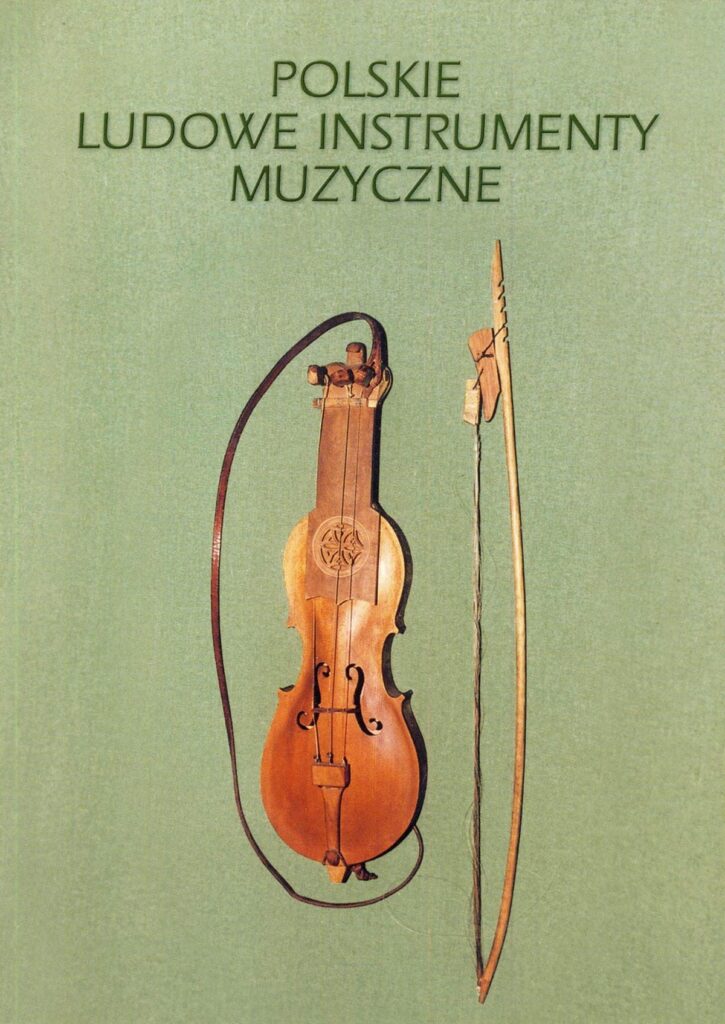
Polish folk musical instruments
December 14, 2002-January 19, 2003
The exhibition presents folk instruments from various regions of Poland.
Music has accompanied man since the dawn of time. Archeological excavations confirm the existence of sound tools as early as the Stone, Bronze and Iron Ages.
The magical-cultural and utilitarian functions of instruments over time replaced the places of purely musical functions.
In the Middle Ages, there was a separation of two groups from a unified instrumentarium: folk instruments and court-martial (professional) instruments. The group of folk instruments was subjected to slow evolutionary processes, hence there were technical and sonic disparities between them and professional instruments.
The “Polish Folk Musical Instruments” exhibition will showcase the wealth and variety of traditional folk musical instruments. In addition to instruments relegated to the role of toys (rattles, whistles, pipes), ritual attributes (knockers, clappers), utilitarian tools (clappers, shepherd’s bells), next to seasonal instruments (“pipes” and willow bark cones) and instruments eliminated from musical practice due to negligible musical possibilities (pipes, trombits) will be shown instruments with a high degree of complexity, requiring knowledge and experience from both the builder and the player – harmonium, violin, bagpipes or dulcimer.
The collection will include instruments characteristic of various regions of Poland. These include, for example, trombits, Podhale bagpipes and złóbcoki found only in the musical culture of Podhale, mazanki from Greater Poland, devil’s fiddle and burczybas from Kashubia.
The exhibition will also include copies of instruments that are no longer in use today, which include the Lublin suka, the Polish violin (Płock chordophone), and the tubmarine. The exhibition will also include instruments included in the bands most representative of Polish folk music.